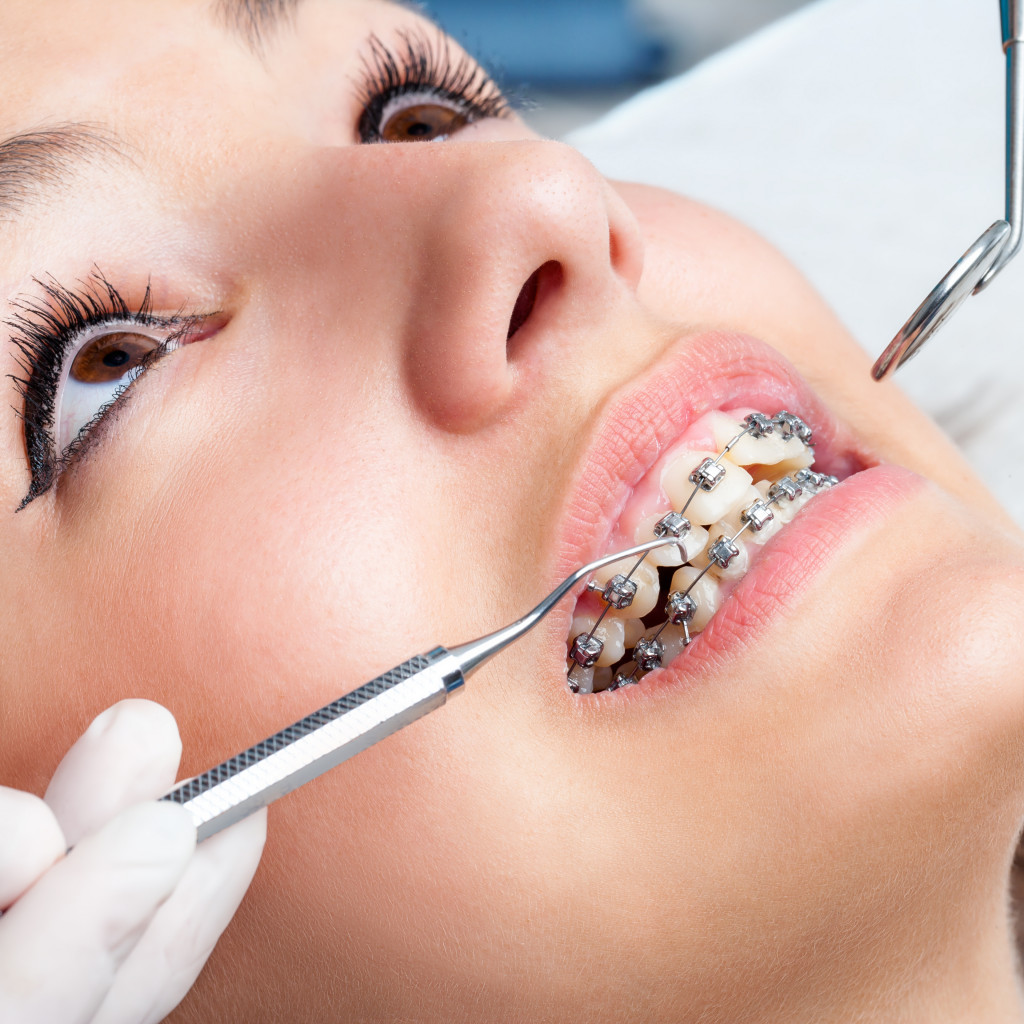Though Invisalign came out in the late 1990s, it only got famous recently thanks to beauty influencers. They filmed their experience with the clear braces brand, effectively making Invisalign rise to popularity overnight. But are clear braces better than traditional, metal ones?
It’s best to consult your primary orthodontist from your trusted dental office. Braces—clear or metal—are custom-fitted to each patient’s teeth, so only an orthodontist can tell which of the two is best for you. But if you’ve never gotten an orthodontic treatment in your life yet, you may use this guide to help yourself determine if you’re a candidate for clear braces or metal braces.
Without further ado, let’s compare the two.
Costs
The costs of braces hold many people back from having them. All types of braces can indeed be costly, but they’re a good investment. Each change in your teeth is your money’s worth.
Fixed metal braces cost $3,000–$6,000. You may cover the cost with your health insurance if your policy includes orthodontic treatments. However, each state may offer varying levels of coverage, so your braces may also incur some out-of-pocket costs.
On the other hand, the costs of clear removable braces start at $2,000; that’s for a basic treatment. The costs increase based on your needs and treatment plan. You may also use your insurance fund to pay for the treatment.
How the Braces Work

Clear and metal braces work by applying pressure on the teeth until they move. The teeth’s movement will eventually change the jaws’ shape and make them even.
However, it is important to note that the teeth aren’t directly connected to the jawbone. A membrane that sits underneath the gums separates our teeth from our jawbones. This membrane responds to the braces’ pressure, changing the position of the teeth to accommodate proper alignment. Consequently, the jawbones will adapt to the new forms of the teeth and membrane.
Pain Level
You shouldn’t feel pain while your orthodontist applies clear or metal braces to your teeth. However, a little discomfort is normal, especially with metal braces. Your mouth will be held open for a long period so that your orthodontist can apply the adhesion to each tooth and attach the brackets and archwires.
After that, your orthodontist will put an O-ring around each bracket. You may feel slight pain during this process because the O-rings exert pressure. Your orthodontist may also put elastics around one bracket on your upper teeth and one bracket below, depending on the severity of your crooked teeth. The elastics may also cause pain and heavier pressure.
If your orthodontist needs to move your jaws forward, they may apply spacers between your molars. Spacers are rubber bands or metal rings that create a healthy gap between tightly-spaced molars.
On the other hand, removable braces are like dentures. They are molded to the current shape of your jaws and teeth. You’ll just put them on and remove them to eat or brush your teeth.
Clear and metal braces will hurt once they’re on. Your teeth and gums will throb and stay sore for a few days until your teeth adjust to the orthodontic appliance. You can relieve the pain by taking over-the-counter painkillers, like Advil.
Adjustments and Maintenance
Your orthodontist will schedule clear or metal braces adjustments, usually every month. It’s important to stay updated with the adjustments because skipping appointments will extend the time you need to wear your braces. Plus, getting your braces adjusted after so long can cause pain and discomfort like it’s your first time wearing them again.
Metal braces stay on your teeth, so you simultaneously brush them and your teeth. Clear braces are brushed separately. Brush your clear braces immediately after brushing your teeth to avoid forgetting their upkeep.
Duration and Effectivity
Metal braces are usually worn for one to three years. But you may wear them longer if your case is severe. Clear braces are typically worn for a shorter period since they’re not designed for severe cases in the first place. If you have clear braces, you need to wear them at least 20 hours a day to complete your treatment in 12 to 18 months.
Verdict
In conclusion, both braces are effective, but metal braces will work better for severely crooked teeth and misaligned jaws. Clear braces are best for mild alignment issues like tooth gaps and minor bite problems. Neither is better than the other; it depends on your teeth’s condition. Hence, listen to your orthodontist and go for the type of braces they will recommend. If you don’t like metal brackets showing on your teeth, you may have lingual braces, a type of metal braces attached to the back of your teeth instead of the front.



